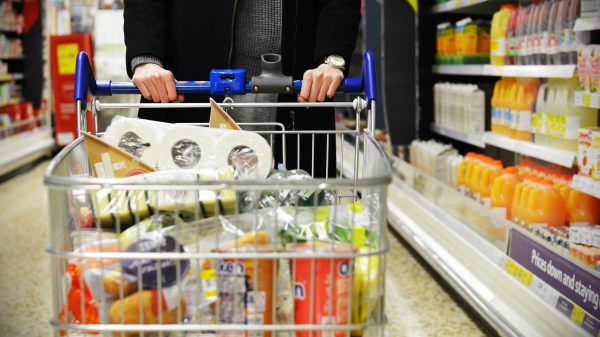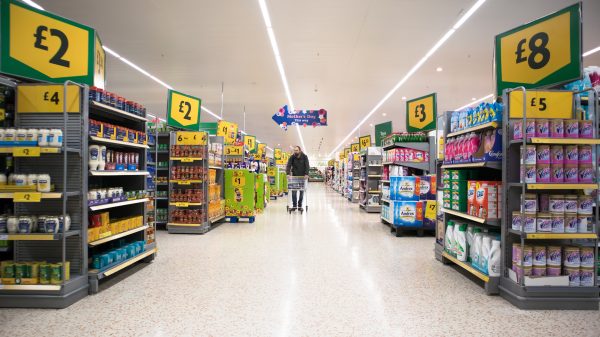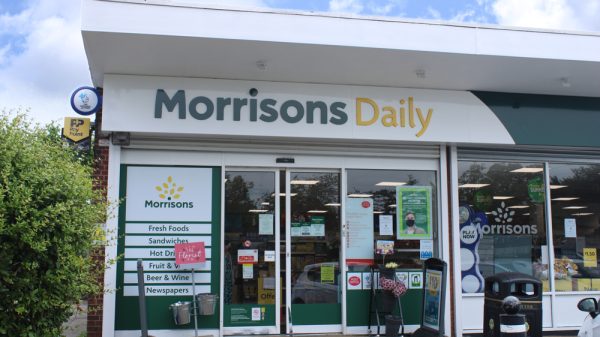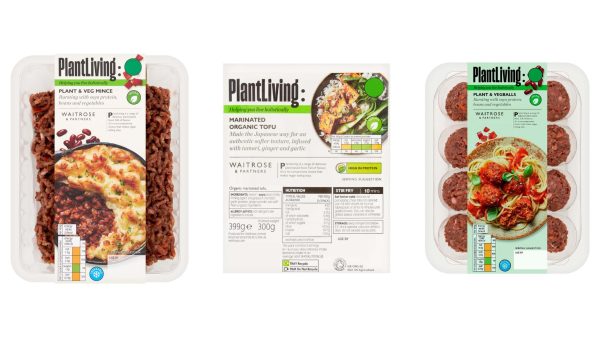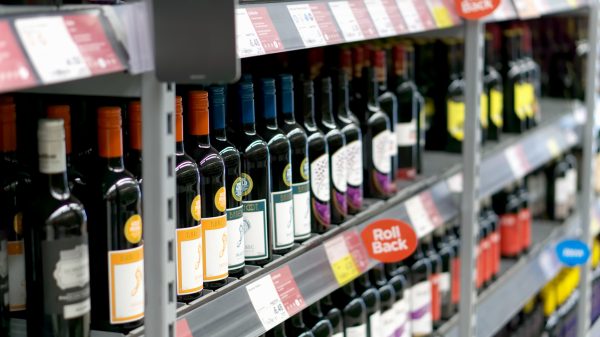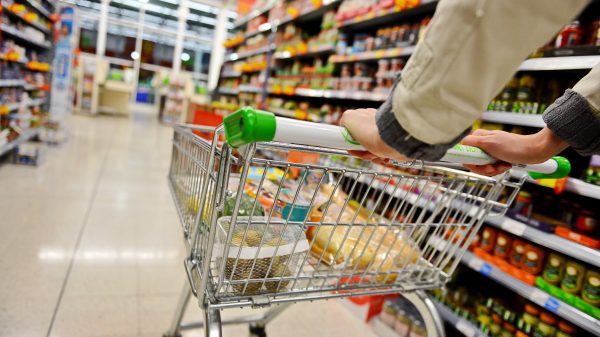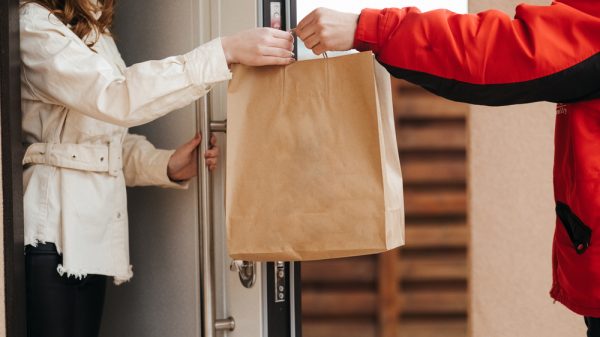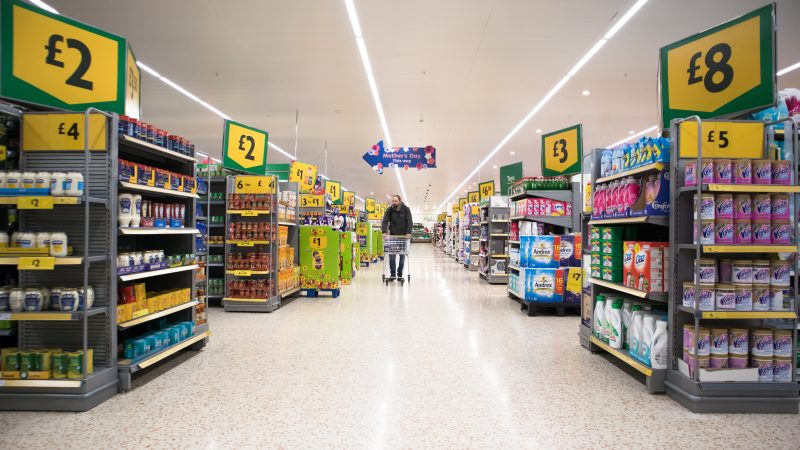‘Inflation has hit a record 30-year high this month’. Almost halfway through 2022 and it’s been the same story each month so far, as costs continue to rise at rates not seen for more than three decades.
As a result, much of the focus has been on the cost of essentials such as energy, fuel and food – and supermarkets have been pushed to the limit to keep prices low, despite production and supply chain costs soaring.
Now posing the biggest challenge to both supermarkets and customers, inflation has become the driving force behind consumer behaviour, as seen in the surge in popularity of discounter stores Lidl and Aldi.
At the same time, the online grocery sphere benefited massively from the pandemic and lockdowns. But with lockdowns and mandatory mask-wearing now behind us, the number of users has been slowly dropping as consumers resort back to their – more affordable – in-store habits.
This all begs the question – how has the online grocery market been impacted by inflation?
READ MORE: Ocado bosses £100m bonus plan approved
despite opposition from 30% of shareholders
Why has online delivery fallen out of favour?
The online grocery sector has seen a massive drop off in the last few months, with Kantar stating in its latest report that the sector’s shares dipped by 1.5%.
Kantar’s head of retail and consumer insight Fraser McKevitt said that “while online shopping is down double-digits compared to last year, it’s still worth remembering how high its share is pre-pandemic.”
He added that it was hard to draw any possible connection between inflation and the online grocery sector shrinking from the data available.
The massive drop-off in sales demonstrates a the strength of consumer confidence about heading out and getting back instore following the lifting of Covid-19 restrictions.
However, the restrictions lifting and rising inflation rates rising occurred at roughly the same time, making it extremely difficult to ascertain whether rising prices had any effect on driving customers back to stores, and if they did, by how much.
How have price increases impacted online retailers?
Just like in-store supermarkets, the prices of goods sold by online retailers have also gone up as a result of inflation.
In Ocado’s latest retail trading statement, the online grocer revealed that the price of some materials and processes had gone up. As a result, it had increased “certain retail prices, where costs could not be mitigated.”
The news comes not as a shock but ironic as just a month before the statement, Ocado boss Tim Steiner played down suggestions that inflation is hitting food prices.
READ MORE: Asda wins market share from rivals by converting offline shoppers to online
He said: “So far, we’ve not seen prices rising anything near as much as I’ve been reading about in the newspapers. But we’ll wait and see what happens in the market.”
Granted, his statement came out at the beginning of February, prior to Russia’s invasion of Ukraine, and although inflation rates were high – with food prices rising to 5.4% – this was only the start of the trend.
It’s clear that customers are experiencing higher prices but because the online grocery sector was expected to fall before inflation and Russia’s invasion of Ukraine, no definite conclusions can be drawn.
“As we have seen since the end of Covid restrictions, the value of the average basket and shape of the week continue to normalise as we return towards the rhythm of our pre-covid lives,” said Ocado chief executive Melanie Smith.
“Given that we are comparing a post-lockdown quarter this year with a lockdown quarter last year, this has meant that sales were down 5.7% in the quarter, not helped by the softening market overall, with smaller baskets offsetting the increase in the number of customer transactions in the quarter.”
The not-so-hidden cost of delivery
If customers aren’t shaken by the increased grocery prices, the increased delivery charges – which come as a result of spiralling electricity and gas prices – are likely to leave a gaping hole in their wallet.
Last week, Sainsbury’s increased its upfront annual fee for its midweek delivery pass from £30 to £40.
“There are some particular challenges for online shopping,” McKevitt told Grocery Gazette. “There might be a delivery charge – which is outside of the cost of groceries – and they might increase charges just to make them as profitable as possible for them.”
READ MORE: Supermarkets in cities to face closures as online grocery rises
McKevitt stated that he thinks those with particularly tight budgets “may occasionally do” online shopping, but they aren’t the target audience or regular customers.
He said: “Remember that the core group for online shopping following all the changes during Covid tends to be more affluent families.
“They don’t mind paying or the delivery, whether it’s upfront or on an individual basis.
“The reason people do online shopping, is they basically weigh up the cost versus the benefits to them.”
Cost-concerned consumers head back instore
A survey conducted by Virtual Store Trials found that cost-concerned shoppers (which it claims to be over half of the UK population) are 50% more likely to shop in large stores, compared with online.
“As more people become concerned, more shoppers will migrate their shopping away from online,” Virtual Store Trials chief executive Nick Theodore said.
When under pressure, shoppers are more likely to go back to their old shopping habits due to trust in tradition. They want to see the repertoire of products, prices and deals, a feeling that online shopping lacks.
READ MORE: Aldi worst’ supermarket for online order substitutions
Because of these changes taking place over the same period, it’s hard to quantify exactly the impact inflation is having on consumers’ decision to switch from online grocery shopping back to in-store.
However, the cost of living crisis has weighed more heavily on those living in and around the poverty line – who generally don’t use more expensive services such as online grocers very much.
Families who do typically order their groceries online are perhaps less likely to be watching the pennies in the same way and so may not raise concerns or feel the impacts of spiralling prices. Those that do, are likely to make their way back to their local supermarket.
However, with prices predicted to continue rising, costs – especially delivery costs – will continue to mount up. It’s just a matter of time before consumers who may not feel the initial impacts of inflation might start to look elsewhere in a bid to cut down on costs.
Click here to sign up to Grocery Gazette’s free daily email newsletter

